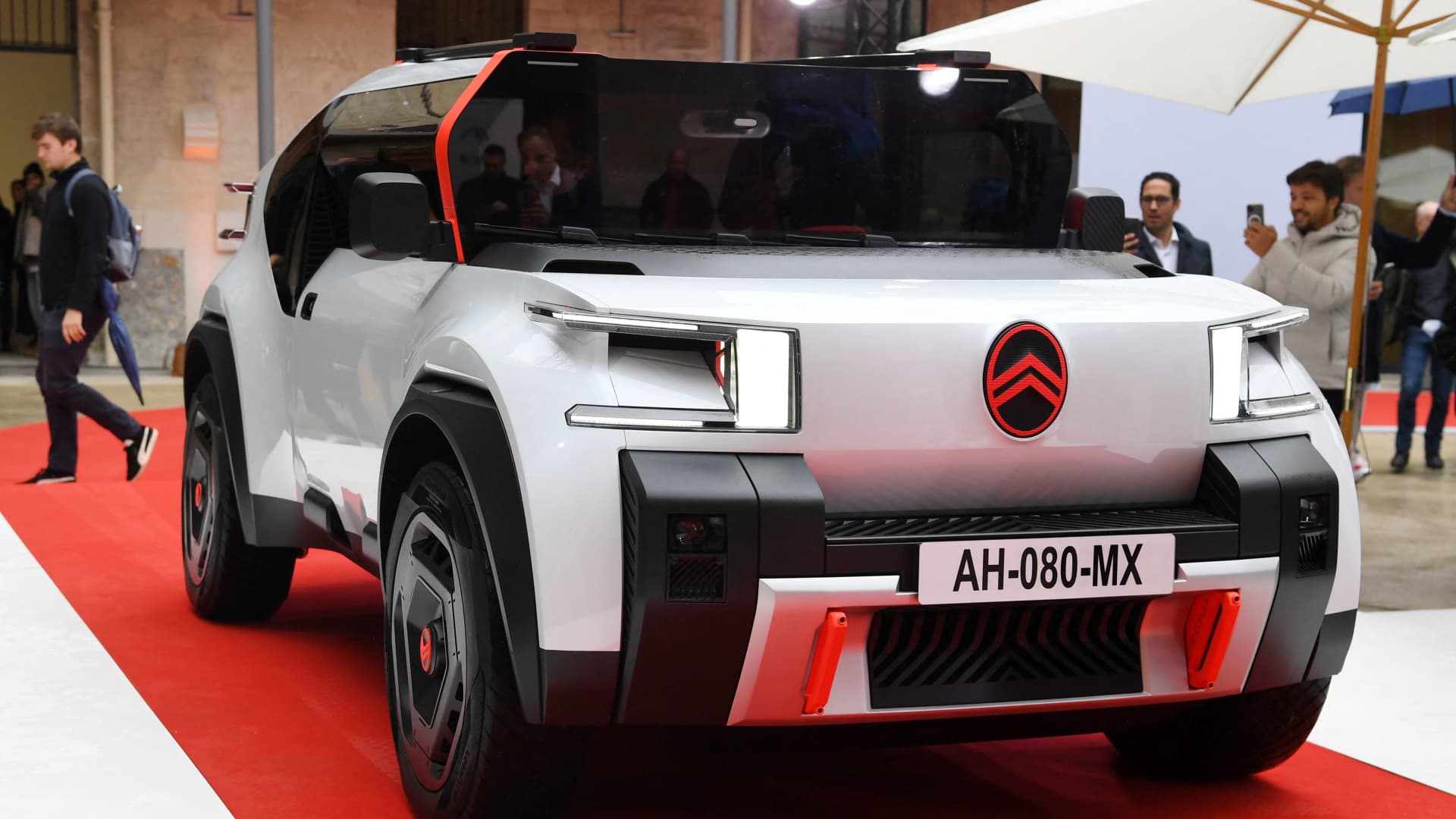After Gamma: The Story Aptera Should Be Telling Next (Part 2)

In Part 1, I explained the situation Aptera faces as it makes the case to the world that it’s ready for serious production. But, like last time, the biggest thing holding the vehicle back is that the car isn’t very normal. With two seats, three wheels, and a very unconventional shape, it’s got a lot of skepticism to counter. To do that, they need to convince people that the car isn’t just great for the environment, but is just a better car in general.
Aptera has already done a great job of that in two key ways. For one, the price of a vehicle that many families could only use for commuting and couple’s trips needs to be low, and by starting at only $26k, they’ve got that part of the equation where it needs to be. The other great thing they’re doing is making it clear that the vehicle is at least partially independent from the grid for normal commuting because its efficiency and onboard solar take care of up to 40 miles/day of driving.
But, as I pointed out in Part 1, they need to keep running with that and slay the two biggest objections to EVs in a way that only Aptera can. It may be irrational, but North American buyers factor in road trips as a very important factor in a vehicle purchase. Also, fears over whether the electrical grid can handle EVs are overblown, but are a very effective at discouraging potential buyers regardless.
In this article, I’m going to explain how Aptera kicks butt on both of these issues, and in ways that no other vehicle (ICE or electric) can.
Aptera Conquers Road Trips
Back when the first generation Chevy Volt came out, the FUDsters were all over this one. They knew that the Volt could only go 30ish miles on an electric charge, and that at Level 1 charging speeds that most people used, it took up to 8 hours to charge the car’s battery up.
Idiotic forward e-mails of the day proclaimed that it would take a Volt weeks to cross the United States, because you’d only be able to drive 30 miles or so and then you’d have to bed down for the night and charge. They failed to mention that the car also had a gas engine that could take the car another 300-350 miles, and do that repeatedly by refilling the gas tank like any hybrid car.
Today’s FUD doesn’t try to pull such blatant scams on readers, but difficulty in taking road trips is still a common objection. But, it’s one that the upcoming Aptera should make quick work of, especially if you wait for the 100 kWh battery version.
I can’t prove this today by driving an Aptera across the country, but I can use A Better Routeplanner to simulate such a trip and show that even finding a broken charging station in charging-sparse Texas wouldn’t force you to get a hotel with Level 2 charging for the night. In the app, I set the Aptera to drive up to 107% of the speed limit (to go 5-7 MPH over like a normal driver) and told it to recharge before the battery gets down to 30%.
The result for a trip from El Paso to Texarkana:

It’s a 1000-mile car, but that’s probably 1000 city miles. When you’re going Texas highway speeds (86 mph in the more barren parts of Texas), you’re going to get more like 600-700 miles of range out of the car (per ABRP programming, which is informed by Aptera). Also, Texas highways only have Electrify America stations every 200 miles or so, which means you’d need to save around 1/3 of the battery to be able to keep going to the next station and not be stranded.
Despite these challenges, an Aptera with DC fast charging would be just fine. You’d only spend an hour and fifteen minutes charging on that 800-mile drive, and honestly you’d probably need that much time for bathroom, meals, and just getting out to stretch on such a long drive even in a gas-powered car.
While a gas car has no advantage over the Aptera on such a trip, the Aptera has a clear cost advantage due to its efficiency and cheap electric “fuel.” Instead of paying over $100 for gas to take that trip, an Aptera would only cost $10-20 in DCFC fees (I came up with $9 in my calculation, but I’m leaving wiggle-room here).
Seriously, an Aptera conquers road trips. The company should seriously push this as a selling point.
The Doomsday Machine (But Not The Star Trek One)
It seems like every day that anti-EV people are reminding us about California’s power troubles. They’re getting that story wrong, and don’t want to admit that just charging EVs at night fixes the issue. But, the Aptera is better than other EVs in that it’s impervious to such FUD.
Can’t charge your Aptera? No problem. Just park the thing in the sun and get 30-40 miles in the southern California sun. If you don’t use the 40 miles, the car saves them in the battery for another day as “rollover miles.”
The whole state’s electrical grid could go up in flames, and the state could descend into Mad Max-style chaos (but with more openly gay people of color on the road pirate crews), and you’d still be able to drive your Aptera to work (which, in disaster FUD land is somehow still open).
I know that’s an extreme scenario, but it proves the point that the Aptera is the most grid-independent vehicle on the upcoming market. It’s a great selling point, even if it’s against irrational FUD.
How Aptera Can Prove Both Of These Things
Aptera needs a Chief Adventure Officer to take an early Aptera (Gamma or Delta) that has a complete battery pack out to prove these things. By showing the world that the car is relatively inexpensive, doesn’t usually need to plug in, conquers road trips, and doesn’t strain or rely on the electrical grid, they can prove that it’s the best EV on the market. Heck, they can prove that in many ways, it’ll be the best vehicle on the market overall.
Featured image: a screenshot from Aptera’s YouTube channel showing the new Gamma production-development vehicle.
Appreciate CleanTechnica’s originality and cleantech news coverage? Consider becoming a CleanTechnica Member, Supporter, Technician, or Ambassador — or a patron on Patreon.
Don’t want to miss a cleantech story? Sign up for daily news updates from CleanTechnica on email. Or follow us on Google News!
Have a tip for CleanTechnica, want to advertise, or want to suggest a guest for our CleanTech Talk podcast? Contact us here.
Advertisement
This post has been syndicated from a third-party source. View the original article here.




